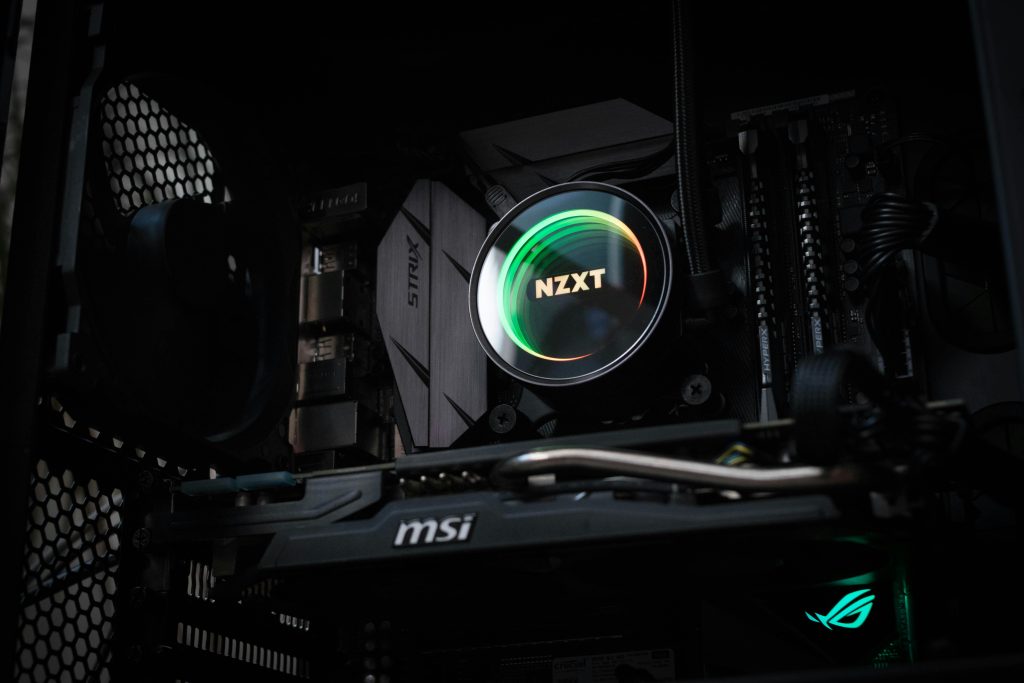Addressing High RAM Usage by Google Drive for Desktop on Windows 11: Troubleshooting and Solutions
Many users have reported encountering significant performance issues with Google Drive for Desktop, particularly excessive RAM consumption reaching as high as 99%. If you’ve experienced similar problems, you’re not alone. This article aims to explore common causes, share troubleshooting steps, and offer potential solutions to resolve these persistent issues.
Understanding the Problem
Users have observed that Google Drive for Desktop gradually consumes increasing amounts of RAM, often hitting 99%, with the application window indicating active file processing. However, the file count remains static, and the process appears to be stuck in an infinite loop. Standard troubleshooting methods such as restarting the application, reinstalling, syncing different files, or clearing the DriveFS cache have proven ineffective.
Common User Experiences
- Persistent high RAM usage: The application’s memory footprint continues to grow without restraint.
- Processing stalemate: The app reports processing files but makes no real progress.
- Ineffective troubleshooting: Reinstalling, cache clearing, and file re-synchronization do not resolve the issue.
- Support limitations: Support responses often acknowledge the problem as a known issue but provide limited solutions, sometimes suggesting users send feedback or perform clean installs, which do not always work.
Potential Causes
While Google Drive for Desktop is a robust tool, certain conditions can trigger performance issues:
- Corrupted or problematic cache files in DriveFS
- Synchronization conflicts or problematic files
- Outdated application versions incompatible with Windows 11
- Conflicting background processes or security software
- Large or complex folder structures causing excessive processing demands
Recommended Troubleshooting Steps
-
Update Google Drive for Desktop
Ensure you’re running the latest version of the app. Developers often release patches that improve stability and fix known bugs. -
Clear DriveFS Cache Manually
- Exit Google Drive for Desktop.
- Navigate to
%LOCALAPPDATA%\Google\DriveFSand delete cache files. -
Restart the application and observe if the issue persists.
-
Perform a Clean Reinstallation
- Uninstall Google Drive for Desktop completely.
- Use a trusted tool to remove residual files.
-
Download the latest installer from the official Google Drive website and reinstall.
-
Pause Syncing and Selective Sync
- Limit the number of files actively syncing by selecting specific folders.
Share this content:



